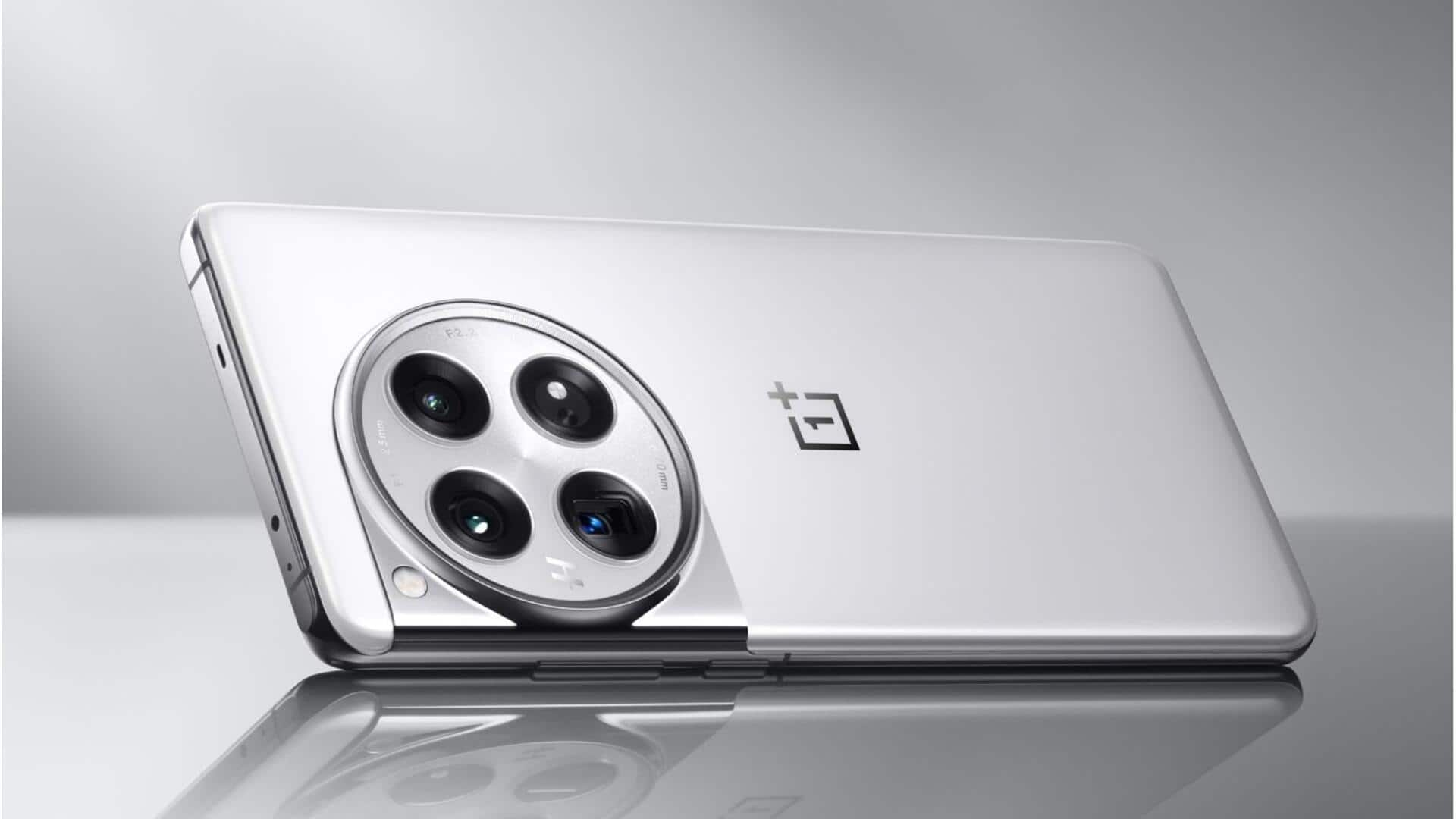
OnePlus 12 v/s Google Pixel 8: Which is better
What's the story
OnePlus's main flagship for most of 2024 will be the OnePlus 12, which comes with significant upgrades tailored for tech enthusiasts. Set to debut in India early next month, it will take on the Google Pixel 8. Google's flagship was recently named the 'Phone of the Year' for 2023—a highly coveted title—by renowned tech reviewer MKBHD. So should you consider the Pixel 8 this holiday season or wait for the OnePlus 12? Let's find out.
Details
Pixel 8 gets an IP68 rating
The OnePlus 12 offers a ceramic glass or matte finish, an aluminum frame, and a circular-shaped camera setup. The Pixel 8 has a glossy glass back and a matte aluminum finish on its horizontal camera bar and sides. Both phones house a center-aligned punch-hole and an in-display fingerprint scanner. The OnePlus model also enjoys a left-mounted three-stage Alert Slider. However, the Pixel 8 has superior IP68-rated dust and water resistance against the OnePlus 12's IP65 protection.
Display
The OnePlus 12 has an LTPO display
The OnePlus 12 features a 6.82-inch QHD+ LTPO AMOLED, with a 1-120Hz adaptive refresh rate and 510ppi pixel density. Google's contender is more compact with a 6.2-inch Full-HD+ OLED screen, which supports 60-120Hz refresh rate and 428ppi pixel density. The OnePlus 12 has a slightly better display. It also boasts higher peak brightness (4,500-nits v/s 2,000-nits) than the Pixel 8. However, the Pixel 8 is more handy (150.5x70.8x8.9mm) than OnePlus 12 (164.3x75.8x9.15mm). It is also noticeably lighter (187g v/s 220g).
Cameras
Both phones have a 50MP main camera
The OnePlus 12 houses 50MP (OIS) Sony LYT-T808 main, 48MP ultra-wide, and 64MP (OIS, 3x) periscope telephoto camera. For selfies, it uses a 32MP camera. The Pixel 8 is equipped with 50MP (OIS) Samsung ISOCELL GNK main and 12MP ultra-wide snappers. Up front, it gets a 10.5MP camera. While OnePlus has a partnership with Hasselblad for image processing, Google uses in-house AI tricks to boost images and videos.
Performance
They offer LPDDR5X RAM for improved performance
The OnePlus 12 is backed by Snapdragon 8 Gen 3 SoC, with up to 24GB LPDDR5X RAM and up to 1TB UFS 4.0 storage. The Pixel 8 packs a Tensor G3 processor, a Titan M2 security co-processor, 8GB LPDDR5X RAM, and 128GB/256GB UFS 3.1 storage. Under the hood, the OnePlus model has a 5,400mAh battery, with 100W wired and 50W wireless charging. In comparison, the Pixel 8 houses a 4,575mAh battery with up to 30W wired and Qi-certified wireless charging.
Information
What about the Android updates?
Out of the box, both phones run Android 14, with OnePlus 12 having its own skin on top. In India, the OnePlus 12 will receive four major Android updates and five years of security updates. In contrast, the Pixel 8 will get seven years of OS and security updates along with regular feature drops.
Pricing
Should you wait for the OnePlus 12?
The OnePlus 12's price will be revealed in India on January 17. It is expected to debut at around Rs. 65,000, making it much cheaper than the Pixel 8, which starts at Rs. 75,999. So, if you want a top-tier flagship, wait for the OnePlus 12. The phone offers cutting-edge performance as opposed to the Pixel 8, which lacks raw power. The OnePlus 12 also provides a higher-resolution display, a periscope camera, a bigger battery, and significantly faster charging.